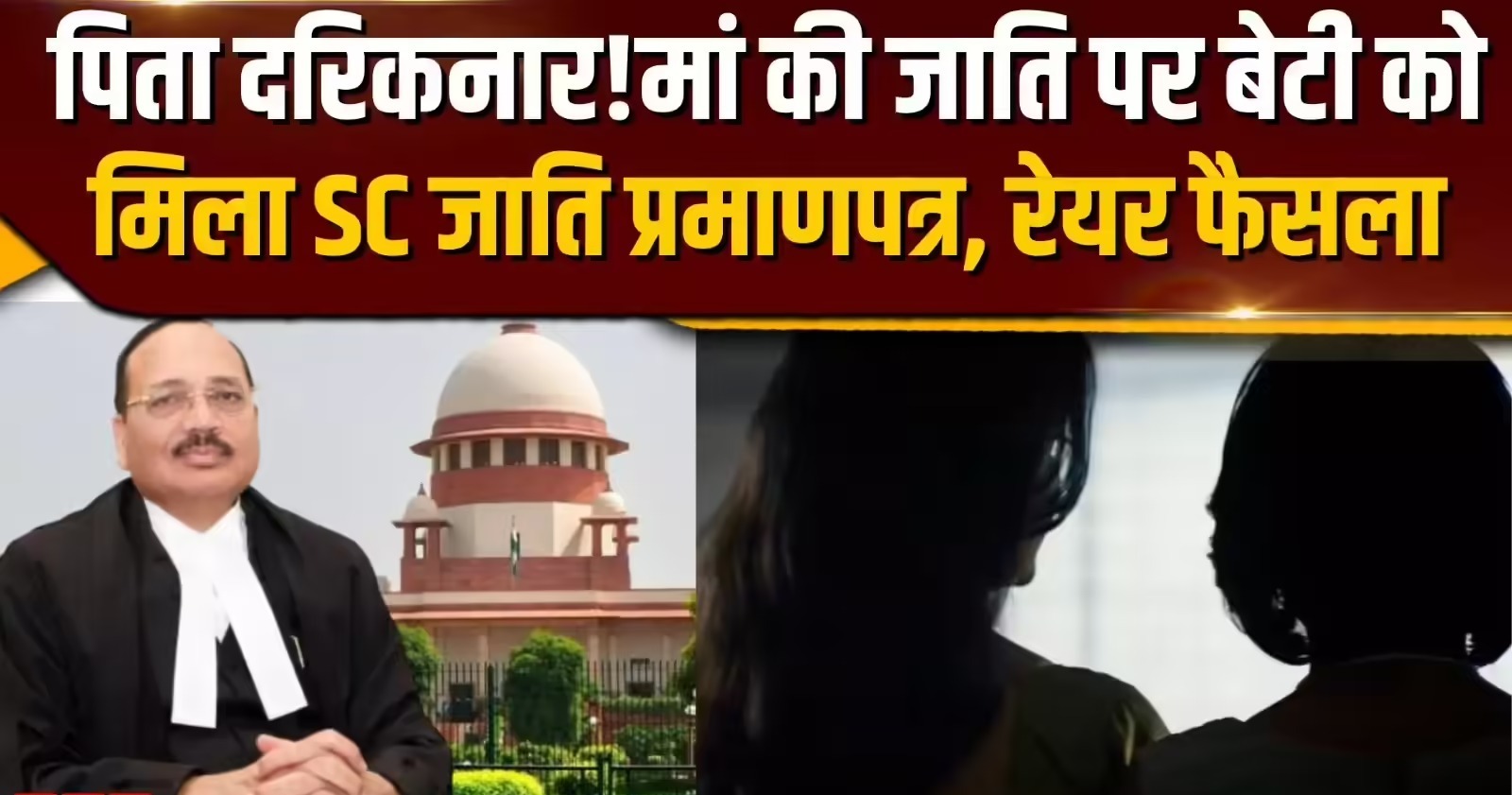S. Sankabasubban, J.@mdashThese Income Tax references are against the consolidated order of the Income Tax Appellate Tribunal, Cochin Bench, Cochin,. I. T. A. Nos. 236 (Coch.) of 1977-78, 702, 703 and 704 (Coch.) of 1992 relating to the assessment years 1972-73, 1974-75, 1975-76 and 1980-81, respectively. The questions of law for the year 1972-73 are as follows :
"1. Whether, on the facts and circumstances of the case and the materials on record, the Appellate Tribunal was justified in sustaining the additions of Rs. 88,000 and Rs. 19,52,190 as the assessee''s income from other sources ?
2. Whether, on the facts and in the circumstances of the case, the Appellate. Tribunal was justified in sustaining the addition of Rs. 15,000 for each of the assessment years 1974-75, 1975-76 and 1980-81 as income from property ?"
2. The questions of law referred for the years 1974-75, 1975-76 and 1980-81 are as follows : "Whether, on the facts and in the circumstances of the case, the Appellate Tribunal was justified in sustaining the addition of Rs. 15,000 for each of the assessment years 1974-75, 1975-76 and 1980-81 as income from the property ?"
3. The facts of the case are as follows : According to the Revenue, the asses-see purchased immovable property at Mangalore in the names of K. Abdul Rahiman, K. Abdulla Kunhi and K. P. Abdulla of whom the first two are direct brothers, while the third person is the cousin brother of the first two. The plots purchased by the assessee in the names of the abovesaid persons are different plots of land abutting each other. There was a common and joint compound wall in a dilapidated condition enclosing the plots, when the plots were purchased. The assessee was a P.W.D. contractor at the relevant time. According to the Revenue, these plots were purchased for an amount of Rs. 88,000 by the assessee in the names of the aforesaid persons. This amount of Rs. 88,000 was added by the Income Tax Officer and the appellate authority to the income of the assessee from other sources. Another amount added was Rs. 19,52,190. This, according to the Revenue, is the value of the smuggled goods, which were owned by the assessee. The assessing authority and the appellate authority sustained the additions of Rs. 88,000 and Rs. 19,52,190. When the matter was taken before the Tribunal by the assessee, these two additions were deleted. That order of the Tribunal came up for consideration before this court at the instance of the Revenue in CIT v. K. Mahim [1995] 213 ITR 820. So far as these two additions are concerned, this court took the view that the matter requires fresh consideration by the Tribunal. So far as the allegation of benami is concerned, this court observed as follows : (headnote) "the question whether an ostensible owner is the real owner of the property or as to whether it is held as benami for another person has to be considered on a conspectus of all the facts and circumstances of the case. No doubt the onus of establishing that the transaction is benami is on the person asserting the benami nature of the transaction. The source whence the consideration came is a crucial test in deciding this question. But that is not conclusive of the issue." Then the court observed as follows (page 832) : "The Tribunal has not, however, chosen to advert or to apply its mind or to consider any of the numerous factors appearing in the case, particularly the improbability alleged of the three villagers acquiring a property in urban Mangalore area or about their inability to find resources for the purchase. These and other materials detailed by the Income Tax Officer and which are set out earlier require consideration after an application of the mind by the Tribunal". So far as the addition of Rs. 19,52,190 is concerned, this court observed as follows (page 829) "We do not think that this question has been dealt with properly by the Tribunal. The Tribunal has chosen to extract only the statement given by one of the two drivers, K. M. Ahammed alias Ahammed Kunhi. The contents of the statement made by the other driver, N. A. Aboobacker, has not been scrutinised or appraised at all, apart from a bare general reference to it. The Tribunal itself has noted that the statement of Ahammed alias Ahammed Kunhi indicated some connection between the assessee and the smuggled goods. The Tribunal has not analysed the evidence of the two drivers as also the other materials before arriving at the conclusion that there was nothing to indicate that the assessee was the owner of the goods." In the above view of the facts, this court held that the Tribunal had not applied its mind to the various facts and circumstances.
4. After remand, the Tribunal again considered the matter and the Tribunal upheld the addition of the above amounts holding that, (1) the properties were purchased benami by the assessee, (2) the smuggled goods belonged to the assessee. So far as the purchase of property is concerned, the Tribunal looked into the various circumstances and came to the conclusion that the property was purchased with the funds of the assessee. It has taken into account the fact that the municipal taxes were paid by the assessee, (3) even though the assessee set up a case that it was on the basis of the irrevocable power of attorney that the documents were executed, no evidence has been produced to show whether the power of attorney was executed or whether it was cancelled. It also took into account the fact that the construction of the compound wall was made by the assessee. It was also brought to the notice of the Tribunal that the persons who purchased the property were not interested in the purchase of lands. It is on the basis of the above evidence that the Tribunal came to the conclusion that the properties were purchased benami by the assessee. Learned counsel for the assessee submitted that so far as the benami is concerned, the first thing that is to be proved is the source of funds. Here, nothing has been stated regarding the source of funds. He also contended that no evidence has been let in to connect the assessee with the transaction. Sri P. K. Raveendranatha Menon, learned counsel for the Revenue, submitted that the question is one of fact and it is after analysing the entire evidence that the Tribunal came to the conclusion that it was a benami sale by the assessee. According to us, because of appreciation of evidence and finding of facts, it cannot be possible for this court to appreciate the evidence.
5. The next question is whether the value of the smuggled goods can be added to the income of the assessee as the income from other sources. The earlier complaint before this court by the Department was that the Tribunal did not appreciate the evidence of the two drivers of the lorry through which the smuggled goods were attempted to be taken. Further, it is contended that the original order of confiscation was stayed. The Tribunal considered this question and found that on the basis of the evidence adduced before it, it cannot be said that the assessee was not the owner of the smuggled goods. The Tribunal held that so far as this aspect is concerned, the customs authorities imposed a penalty of Rs. 10 lakhs on the assessee in the customs proceedings. Learned counsel for the assessee submitted that the assessee has paid only Rs. 10,000 for filing the appeal. According to him, the balance amount has not been paid. It is also seen from the proceedings under the Customs Act that a penalty was imposed on the assessee. Even though he submitted that the matter was pending before the Tribunal, no records have been produced. We agree with the reasoning given by the Tribunal that without producing the necessary evidence, the assessee cannot say that those smuggled goods were not received by the assessee in the circumstances of the case.
6. The order of the Tribunal shows that it appreciated the evidence in the case and then came to the conclusion with regard to the two additions. According to us, this case does not give rise to a question of law to be decided by this court. The additions of Rs. 88,000 and Rs. 19,52,190 have been levied on the basis of the evidence in the case. The questions of law formed also do not indicate that anything other than factual matters arise. In the decision reported in
7. So far as the question of benami is concerned, it is true that the initial burden is on the person, who alleges benami nature. But it is not a case of benami as defined in the Trust Act or hit by the present provisions of the statute regarding benami. It is very difficult to prove that a person had advanced money for purchasing properties in the names of three persons. The fact that the assessee himself constructed the compound wall was not denied. Taxes were paid by the assessee. Even though the assessee asserted that he had a power of attorney and it is on the basis of the power of attorney that the transactions were entered into, nothing has been produced to show that there was a power of attorney. Hence, we are of the view that there is purely a question of fact. So far as the addition of contraband articles are concerned, that also stands on the same footing of the first transaction. The evidence of both the drivers have been taken note of. Learned counsel for the assessee submitted that there was retraction of confession by the drivers. But that does not mean that evidence given by them should be rejected in toto. The Tribunal has considered the various aspects and then only came to the conclusion regarding possession of the smuggled goods.
8. In this case, it should be remembered that u/s 123 of the Customs Act, the burden is on the person from whom the goods were seized to show that the goods are not smuggled goods and he is not the owner of the same. The fact that the penalty imposed was admitted. But no record has been produced to prove that it has not become final. Hence, we are of the view that so far as the first question for the year 1972-73 is concerned, we answer the question in the positive and in favour of the Department.
9. Question No. 2 for the year 1973-74 and the question for the other years are the same. This relates to the addition of Rs, 15,000 as income. It is because in the property purchased by the assessee, the assessee constructed a compound wall at an estimated cost of Rs. 40,000, The sum of Rs. 40,000 was added to the income of the assessee as income from other sources. So far as the second question is concerned, the question is whether the addition of Rs. 15,000 is correct or not. In so far as it is a fact that the property belongs to the assessee, it is clear that the income from the property is also assessable as income of the assessee for the relevant year. Hence, question No. 1 for the assessment year 1972-73 and question No. 2 for the assessment years 1974-75, 1975-76 and 1980-81 are answered in the positive and in favour of the Department.
10. Income Tax references are disposed of as above.

